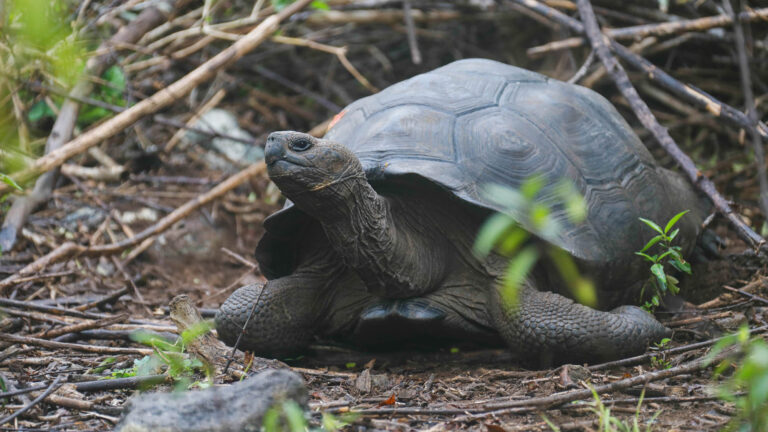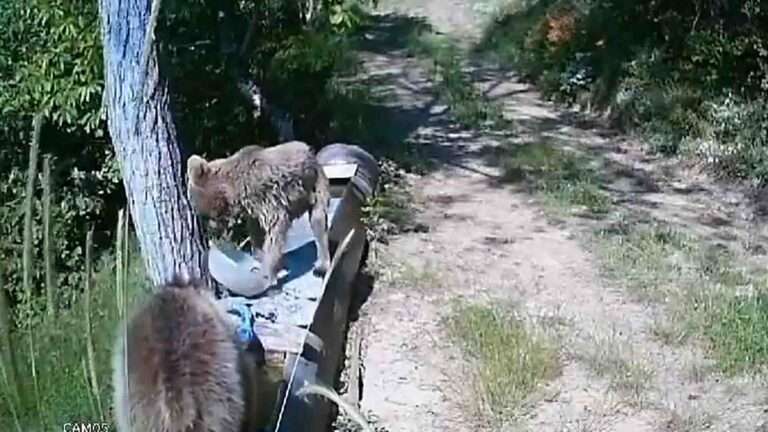Humans and elephants are the only mammals to combine their mouths and their noses to create sounds, a new study has revealed.
Cognitive biologists Veronika Beeck and Angela Stoger-Horwath and a team from Austria’s University of Vienna studied the sounds of Asian elephants using an acoustic camera with 48 microphones.
The team – backed up by sound engineers Gunnar Heilmann and Michael Kerscher – monitored Asian elephants from Tiger Tops lodge and elephant camp in Nepal.
They wanted to see if elephants – like humans – make sounds through both their mouths and noses, they said in a report on 23rd August.
The team was ready to write off the experiment as a failure until they studied the acoustic camera.
Veronika Beeck told Newsflash: “However, to our surprise, the acoustic camera undoubtedly also showed sounds that came out of the mouth and trunk at the same time, and whose resonance spectrum actually resembled the nasal vowels of humans.”
They observed that the tuskers express their low-frequency sounds mostly from the trunk, or from both their mouths and trunks at the same time.
They only rarely produced sounds solely from the mouth.

The technique – known as nasal pronunciation in humans – also plays an important role in the animal kingdom, according to the study.
The boffins believe that this flexibility allows Asian elephants to transport more information, or that the low-frequency resonances enable the sounds to be audible over longer distances.
Similar oral and nasal combinations in sound production are also suspected for fallow deer, walruses and monkeys, however they have never been scientifically proven.
The scientists concluded that acoustic communication plays an important role in social systems and in the complex elephant matriarchy, while mammalian sounds might be more flexible than previously believed.
The study was published in the peer-reviewed, open-access journal Animals on Thursday, 18th August, 2022.
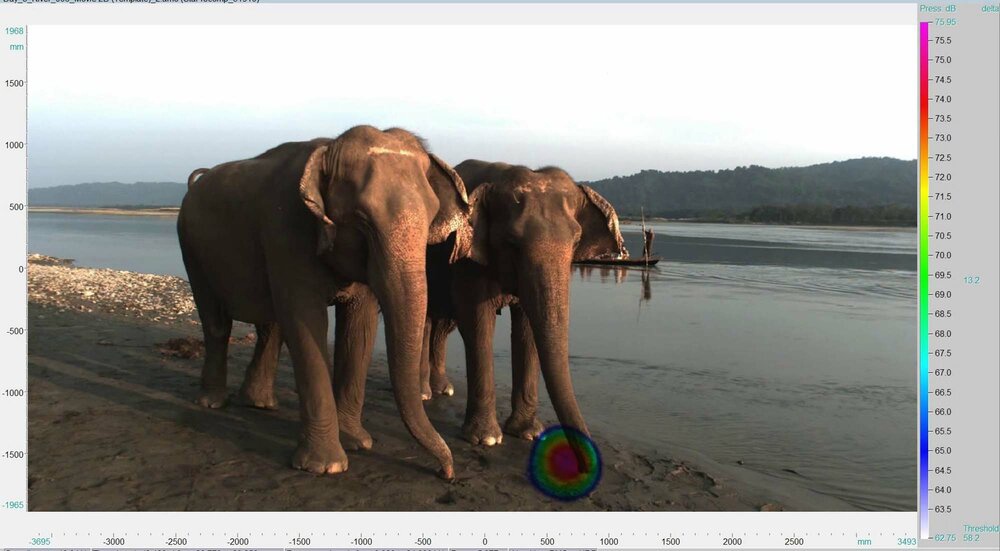
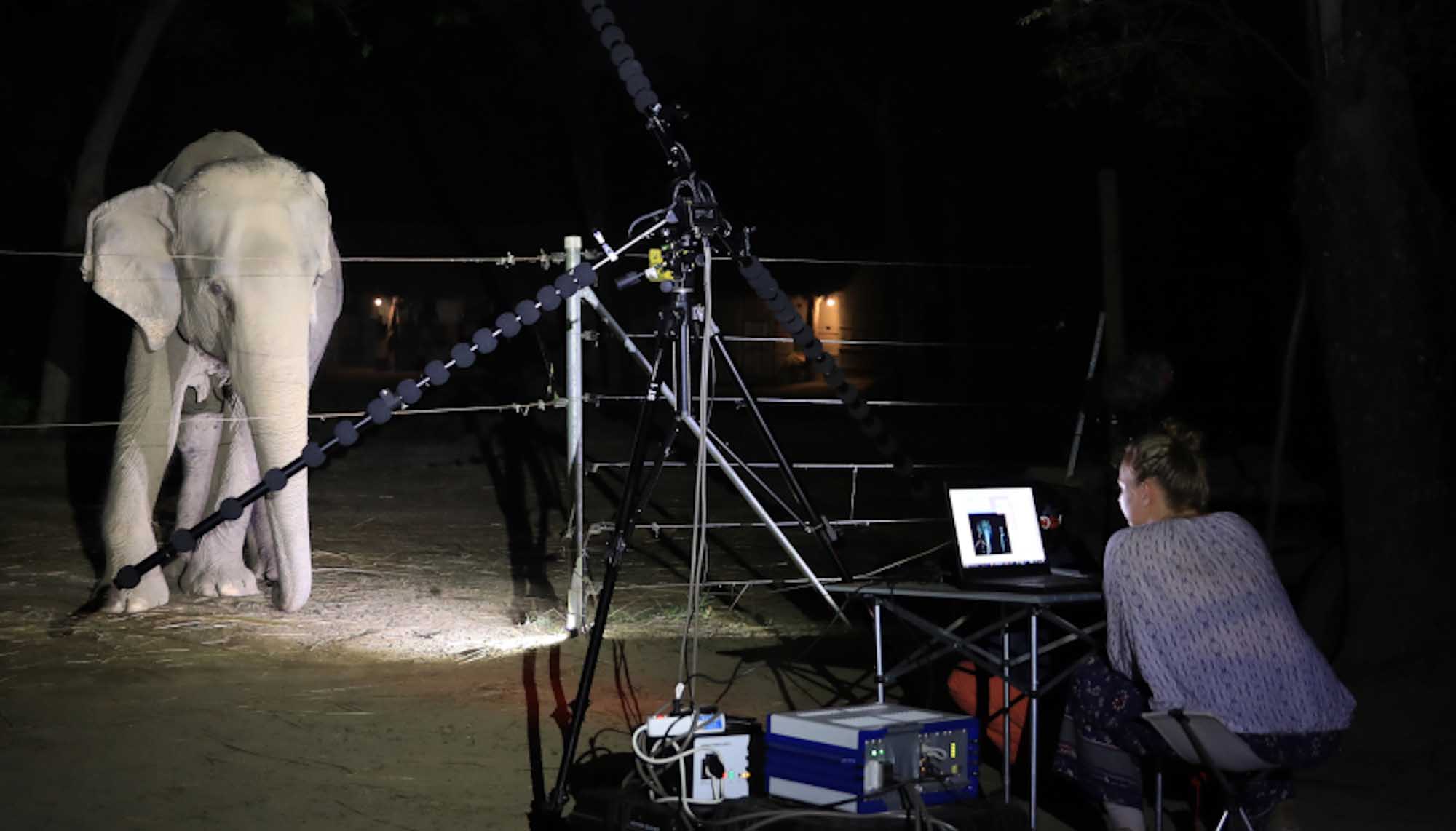
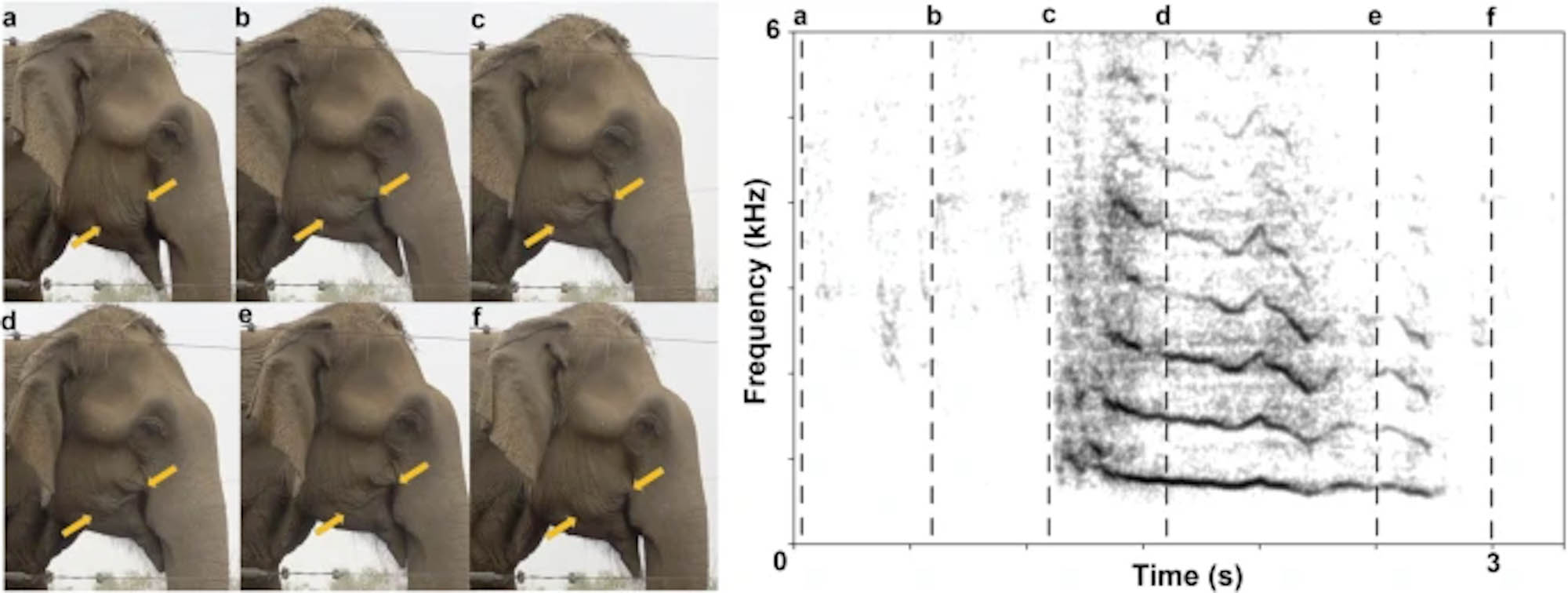
To find out more about the author, editor or agency that supplied this story – please click below.
Story By: Georgina Jadikovska, Sub-Editor: Marija Stojkoska, Agency: Newsflash
The Ananova page is created by and dedicated to professional, independent freelance journalists. It is a place for us to showcase our work. When our news is sold to our media partners, we will include the link here.


